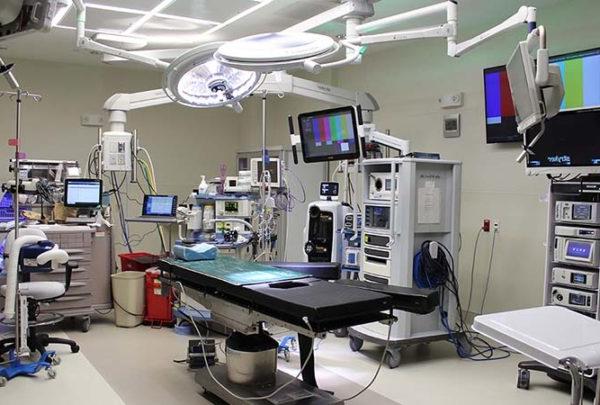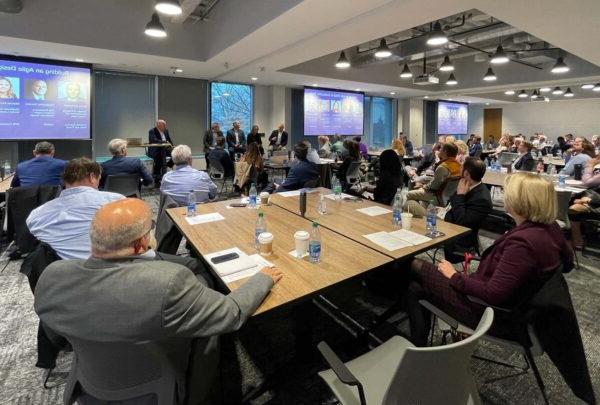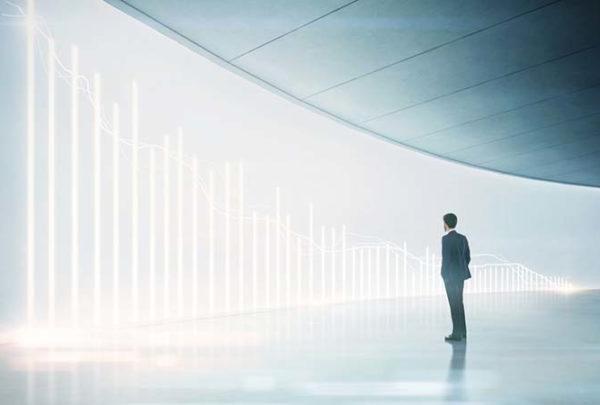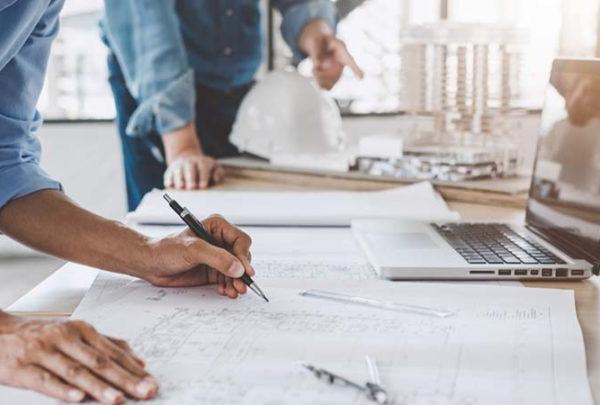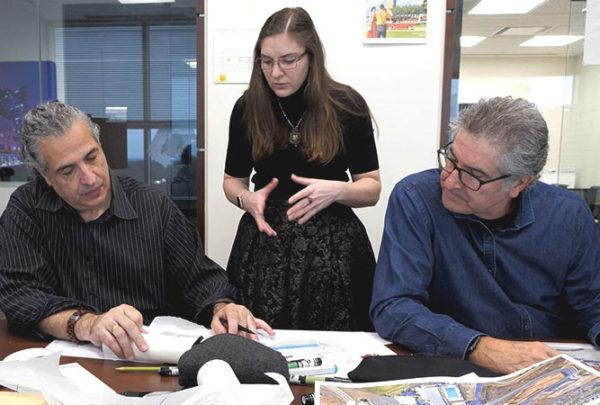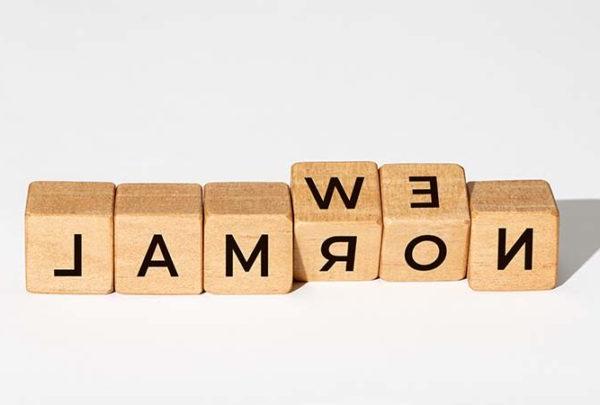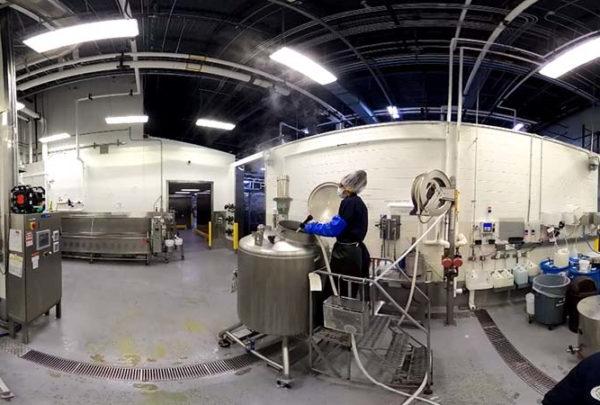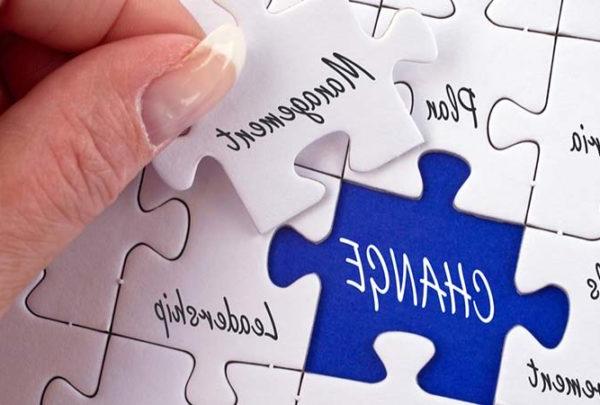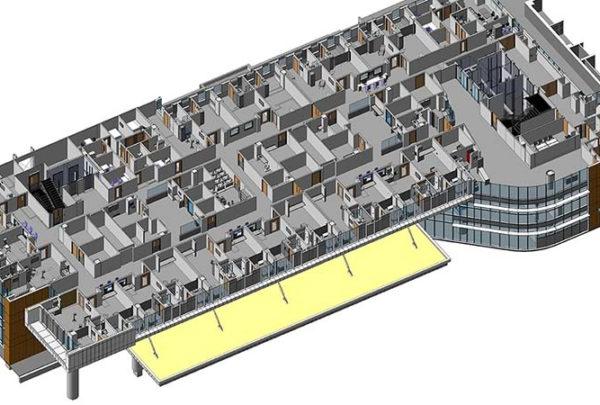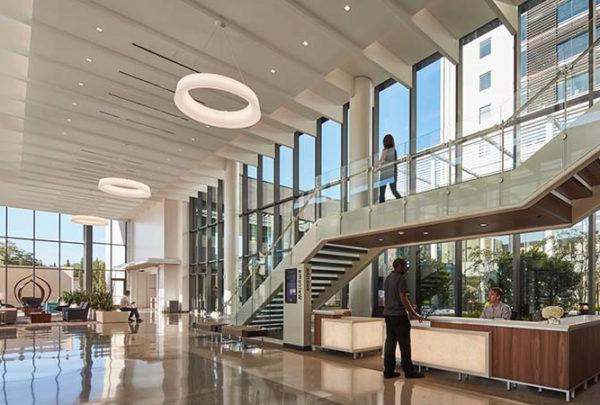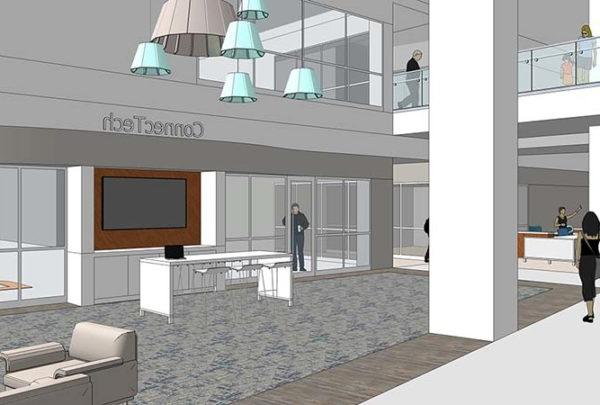We as designers are hands-on, collaborative, and interactive types. We enjoy the opportunity to get together in one room for a charrette or workshop, pull out our pens and tracing paper, and get to the process of creative thinking. As we sketch, we’re interacting, whether it be with our design colleagues or a client, and the charrette process lets us get immediate feedback leading us to discover creative solutions for our clients.
The pandemic and subsequent work-from-home orders have given us the opportunity to explore and embrace a new way of thinking, of creating, as we continue our efforts as designers. Technology – like Zoom, Teams, and Whiteboard – has allowed us to meet virtually and continue our work with great success. But the meeting technologies have their limitations. Screensharing is an acceptable alternative at the moment, a good way to illustrate what we’ve done, and we can even show changes in real-time. As technology works to catch up with the quick, effortless capabilities of freehand thinking or editing of ideas, sometimes there are slight lags on the screen. Currently, only one person can have control of the screen at a time, so there is a slight loss of spontaneity from a colleague inserting a suggestion or a change on paper. While technology strives to keep us working remotely, we can’t let it diminish our ability to free-think creatively.
So the challenge is to draw, collaborate, and keep design sensitivity upfront in a virtual environment. We must continue to find answers on how to best leverage technology to fit within the creative process. Virtual charrettes can happen with the same visual interaction and connectivity if approached creatively. New collaborative tools are being developed that are flexible and allow better interactivity. The future of telecollaboration will not be limited by everyone staring into their laptop cameras, with one person presenting; it will become highly interactive with all participants having the ability to input, visually or verbally. The future is cinematographic: multiple camera angles and larger touch screens. Imagine instead of the designer holding up their sketch in front of the camera, the participants can see the image from an overhead camera and the drawing coming to life in real-time. Imagine a projector that transfers the image to the screen while the designer is working. These options allow the client to give immediate feedback in the moment and the designer the ability to immediately make thoughtful changes within the moment.
Smart tablets are becoming highly popular for designers. We all are aware of the dissimilar characteristics of a stylus to tablet compared to a pencil to paper. For quick thoughts, marks, highlights, and notes, it works fine, but for a distinguishable freehand style to captivate a design moment with a potential client, there is no better tool than the “old school” pencil. Tablets are now adapting to coarser surfaces to mimic the feel of a pencil drawing over paper, creating an easier textural flow for users to draw more clearly and with a more personal style. This will assist in elevating the inherent talent of a true design thinker. Freehand thinking, if you will, to ensure that the renaissance movement of “old school” drawing, brain-to-hand thinking, is utilized through the methods of new technology.
Technology has streamlined many aspects of design, but it also levels the playing field in some respects. As designers, our personal creative abilities, being able to think, draw, and communicate our ideas, are what set us apart from others who may have the same technology. Design students are clamoring for a return to old-school methods of pencil and paper, and they’re not wrong. Using pens, pencils, and paper provides the innovative spontaneity that’s so important in the creative process. This must continue to be explored and utilized to its greatest degree. The key – especially as telework continues and in-person meetings continue to be limited – is to leverage the technology so the designer has the ability to differentiate themselves with their personal, innate talents of design thinking, graphics, and techniques that win the moment in order to ensure that their creative individuality remains intact.




